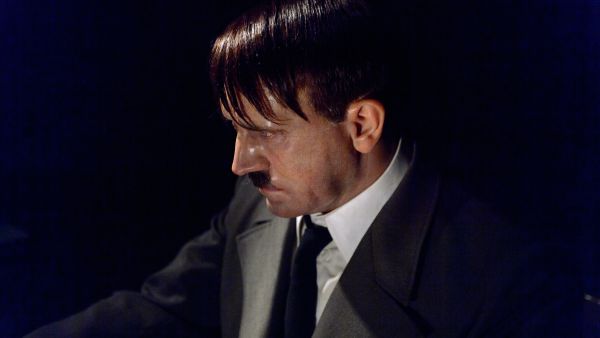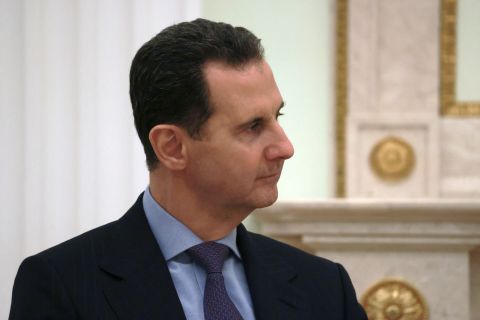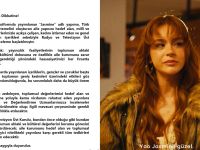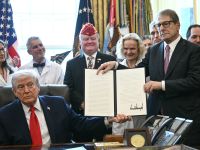ALBAWABA - Hitler's death is one of history's most disputed mysteries. Although historians agree he died in 1945 when the Third Reich fell, official versions have been inconsistent, keeping the narrative intriguing.
Dr. Eric Laurier, a forensic specialist, leads a revolutionary counter-investigation that challenges Soviet autopsy records and reveals new evidence to Al Jazeera.
After Berlin fell in May 1945, Allied forces searched for Hitler's body, Al Jazeera reports. The Soviets claimed to have retrieved 13 bodies from Hitler's bunker and neighboring regions, claiming they belonged to Hitler, Eva Braun, and Joseph Goebbels and his family. Soviet pathologists autopsied the remains, but the results were confidential until decades later.
Laurier's critical investigation of the 1945 autopsy has rekindled global attention. He claims Soviet findings were politically driven. His thorough analysis reveals that critical forensic standards were neglected, casting doubt on Hitler's remains.
Dr. Laurier found major flaws in the Soviet inquiry, which Al Jazeera continues to cover. Soviet claims said Hitler died from cyanide poisoning, although they didn't test his remains. No autopsy showed a bullet wound, therefore eyewitness accounts of a self-inflicted gunshot were ignored.
Forensic procedures like skull X-rays were also skipped. This error prevented dental record comparisons that could have identified Hitler's remains. Laurier believes these mistakes were intentional by Soviet leaders to frame Hitler's death.
Al Jazeera notes that Soviet allegations about Hitler's remains have been disputed for decades. Moscow guards the two surviving fragments—a jaw and skull fragment—to ensure their validity. Laurier's research shows discrepancies between Hitler's dental bridge description and his dentist's data.
The Laurier inquiry raises important questions regarding whether political agendas influenced the autopsy findings. With Al Jazeera's continuous coverage, his findings shed light on one of the 20th century's most lasting mysteries, underlining the necessity for transparency and thorough study to reveal historical realities.










